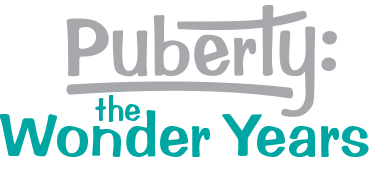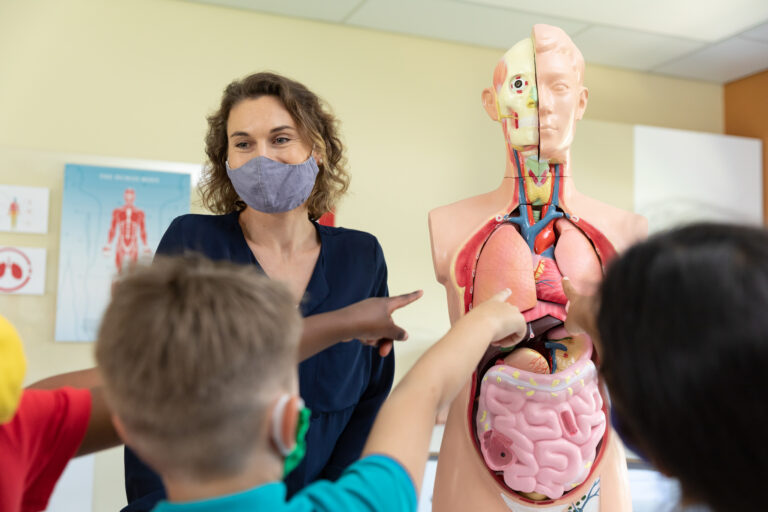Introduction
Education on body boundaries and consent are foundational to social-emotional learning and protecting against sexual violence. Awareness of the context surrounding violence against people with disabilities is an important framework for teaching youth with disabilities about body boundaries and consent. As referenced in the last post, disability increases vulnerability to violence and marginalization. The rate of violent victimization against people with disabilities was nearly four times the rate for people without disabilities.[i] Children with disabilities are at least three times more likely to be abused or neglected than children without disabilities.[ii] In addition to typically recognized forms of abuse, violence against people with disabilities can exist in non-traditional forms, such as shaming a person for disability or withholding access to medication and assistive support. Violence can also take on unique forms based on disability type; for example, dynamics in Deaf or hard of hearing communities may mean communication and confidentiality require specific consideration. Social systems are often not designed to accommodate or empower people with disabilities, which can mean that people with disabilities cannot report issues or access support. Trust in systems that are not designed with respect for autonomy and capability alongside assistance needs can put people with disabilities at increased risk for harm.
Supporting People with Disabilities
According to the Rape Abuse Incest National Network (RAINN), conversations about safety should start when children are young and should happen often. Body boundaries and consent are not just about preventing violence but also about fostering empathy and respect. RAINN offers helpful guidance to support adults in approaching talks about safety, but some suggestions may need to be adapted to the experience of people with disabilities. When teaching children about who can and cannot touch or look at bodies, keep in mind that people with disabilities may interact with professionals, from caregivers to occupational therapists, who may be assisting with certain tasks. While looking at or touching bodies in the context of care is allowed, and the need for physical care should never be shamed, health professionals can overstep to cause harm. In their work to end child sexual abuse, Darkness to Light suggests several tips for helping children to feel safe at the doctor’s office, which can be helpful for supporting people with disabilities. Depending on schedules or other circumstances, parents may not be able to be present for care sessions, so education and communication around expectations are critically important.
Educators can support families and young people to learn about what is expected to happen in medical or care interactions. Educators can also support students to be able to ask questions of providers to ease anxiety or recognize if something seems wrong. Educators should also recognize the role of non-verbal communication and be able to support students in navigating consent without words when needed because of a temporary or ongoing disability. Assuming that a care need is not medically urgent, expectations can be set that providers ask permission and make sure that the person understands what will happen before providers look at or touch them. A good suggestion to avoid miscommunication is to ask a provider to point out any areas that will be seen or touched using a diagram or doll. If there are any areas of care that can be done in multiple different ways, options should be shared with context on benefits and drawbacks of each choice. Young people should be empowered to feel comfortable asking for alternatives. When alternatives are not possible, providers should be able to explain why the look or touch is necessary. Teaching children about bodies and boundaries in ways that suit their reality is key to giving young people power to be safe, healthy, and supported regardless of needs.
This post is part 3 of a series on Disability and Sexuality written by guest blogger, Ashira Greenberg. Read part 1, Introduction to Disability and Sexuality and part 4, Disabilities and the Physical Changes of Puberty.
Notes and Resources:
Introduction
- Crime Against Persons with Disabilities, 2009–2019 – Statistical Tables, U.S. Department of Justice
- The Risk and Prevention of Maltreatment of Children with Disabilities, Children’s Bureau
- Abuse in Disability Communities, National Domestic Violence Hotline
- Abuse in Deaf Communities, National Domestic Violence Hotline
Supporting People with Disabilities
- Talking to Your Kids About Sexual Assault, RAINN
- Help Kids Feel Safe at the Doctor’s Office, Darkness to Light
- Healthy Touch for Children, Darkness to Light
- What Is Consent?, CARE Program
Note on Person-First Language: This post uses Person-First Language as Person-First Language is generally considered to be the most respectful form for professional writing and/or talking about a group of people whose individual preferences are unknown. Individual preferences for Person-First Language or Identity-First Language are equally valid and should always be respected when referring to an individual.
[i] Crime Against Persons with Disabilities, 2009–2019 – Statistical Tables
[ii] Child Welfare Information Gateway of the Children’s Bureau within the United States Department of Health and Human Services, 2018



